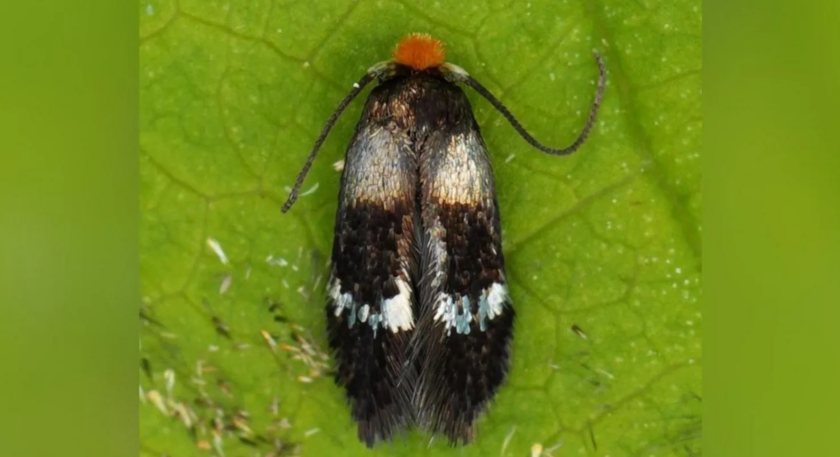
An 'extremely rare' micro moth has been discovered on a Dorset farm, with experts calling it a 'significant find'.
Jack Oughton, of the Dorset Moth Group, came across two of the moths, known as the Gold-fringed Dot, at Bere Marsh Farm near Shillingstone.
The tiny moths have a wingspan of 6 to 6.8mm and have been recorded at less than a dozen sites in the UK, including Gloucestershire, Wiltshire and Hampshire.
They have been more commonly spotted in the Netherlands and Belgium and this latest find is perhaps evidence they are spreading, say experts.
The finding on Bere Marsh Farm, which is managed by the Countryside Regeneration Trust (CRT), is the first time they have been officially identified in Dorset.
Mr Oughton said the discovery would enable experts to find out more about how the elusive moth’s larvae feed, as little is currently known.
He said: “This is a poorly understood moth. We do not truly know what its requirements are: it obviously requires something niche. This discovery may help us find out what that is.
“Finding these two samples demonstrates the diversity of wildlife that is found at Bere Marsh Farm.
"It is a great habitat in general for moths as there is a wide range of habitats with the river, woods, grassland and meadows.”
Dr Oughton found the moths at two separate locations on the farm after setting down moth traps.
One was found in the Angela Hughes Nature Reserve and the other in the Ham Down woodland.
He said: "It is an exceedingly small moth, a couple of millimetres long. It has silvery bars across its shoulders and an orange head. You have to look at it under a hand lens to appreciate it.”
It is thought the moth larvae thrive on small-leaved lime, a couple of which may be found at Bere Marsh Farm, although could be hybrids.
“We would need to spot their egg-laying habits to find out more,” Mr Oughton continued.
"If we know what the moth requires, we are more likely to find the larval stage and that would be great.
"If other sites in North Dorset come to light, it might show the moth is spreading.”
